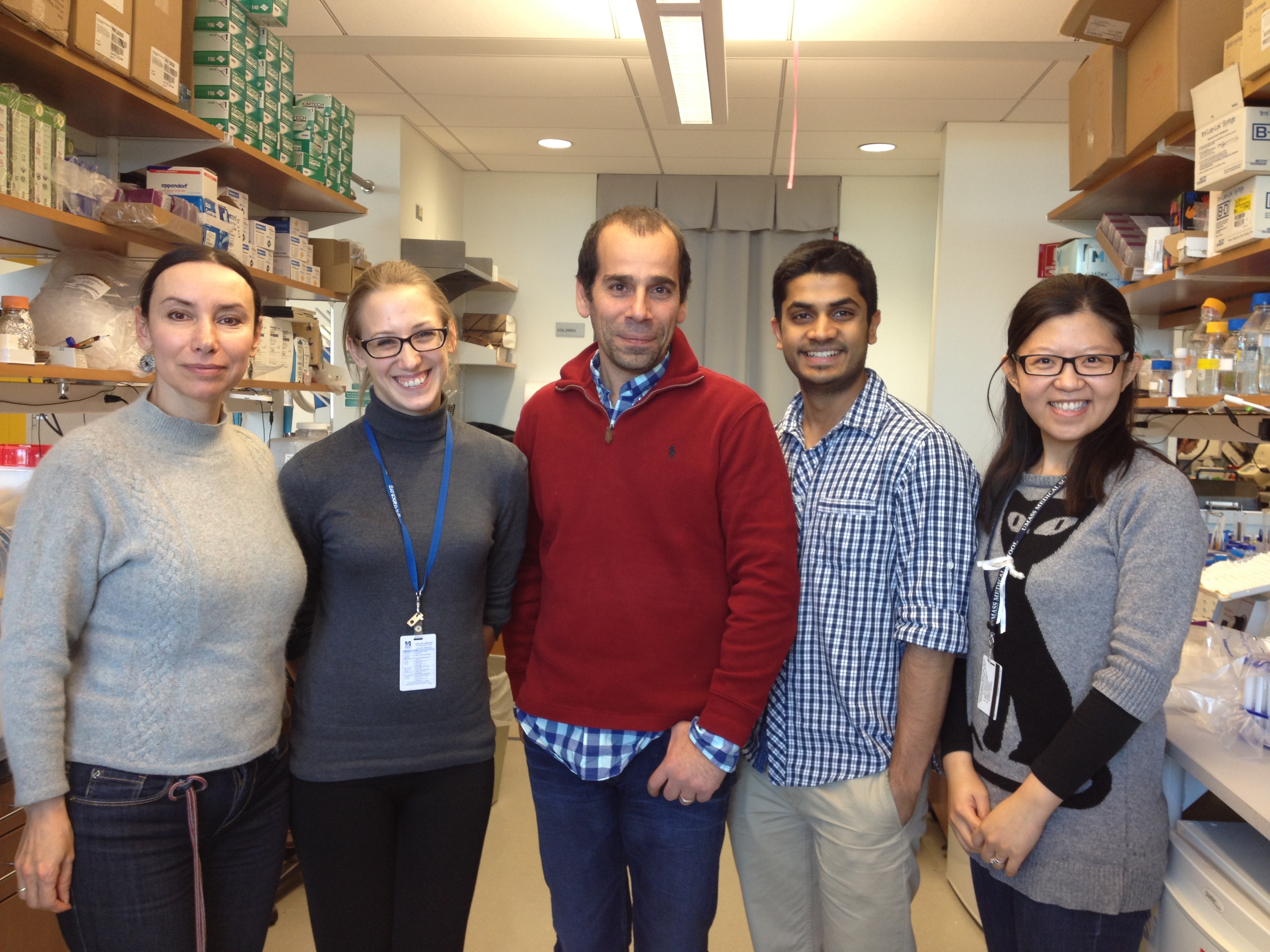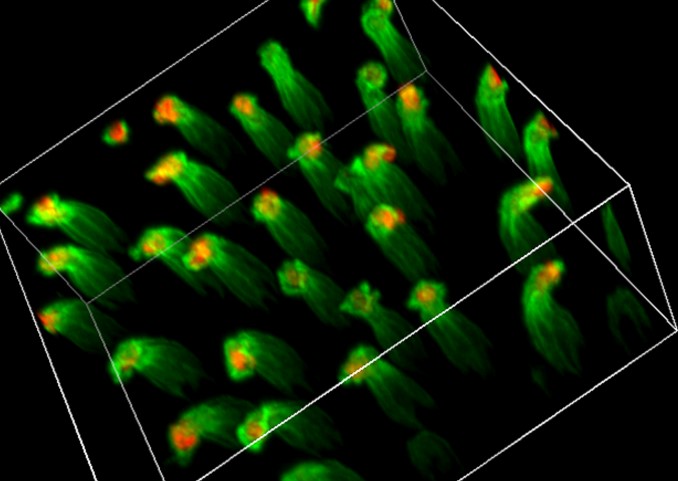Welcome to the Punzo Lab
Our Lab
 Our goal is to develop treatments for Photoreceptor Degenerative Diseases
Our goal is to develop treatments for Photoreceptor Degenerative Diseases
Photoreceptor loss leads to irreversible vision loss. Our goal is to understand photoreceptor loss in genetic inherited diseases as well as in age-related diseases such as age-related macular degeneration, in order to develop new therapeutic paradigms to delay blindness in affected individuals.
As an academic lab our main funding sources are the NIH and patients foundations. Currently we are developing a gene therapeutic approach to treat cone loss in Retinitis Pigmentosa. Learn more about our lab and our programs and check out our publications.
Research Focus
 Vision loss in Retinitis Pigmentosa
Vision loss in Retinitis Pigmentosa
Our research focus is on establishing a gene therapy to delay secondary cone death in Retinitis Pigmentosa. This work is based on the fact that deletion of the tumor suppressor gene tuberous sclerosis complex protein 1 (TSC1) in cones, results in sustained cone survival over time in two mouse models of Retinitis Pigmentosa. With this knowledge in mind we are trying to identify genes downstream of TSC1 that when overexpressed promote cone survival in Retinitis Pigmentosa. From our studies we know that these genes ought to be activated by the mechanistic target of rapamycin complex 1 (mTORC1). Currently we are deep-sequencing retinal RNA from these mice to identify suitable targets for gene therapy.
Highlighted Work
 A New Mouse Model of Age-related Macular Degeneration
A New Mouse Model of Age-related Macular Degeneration
A recently added research focus of the lab is to understand the underlying cause for the development of Age-related Macular Degeneration (AMD) in order to develop therapeutic strategies to prevent vision loss. The cause for the development of AMD remains unknown and the lack of good mouse models complicates the study of the disease. Most mouse models are based on known risk alleles. We have generated a new mouse model for the disease based on the hypothesis that photoreceptors are responsible for disease onset. Our model develops characteristic features of AMD including Geographic Atrophy (image to the left). This mouse model will allow us now to study how AMD develops and should yield new therapeutic strategies and new diagnostic tools for the disease.
Partner with Us
 Partnership Opportunities
Partnership Opportunities
Our lab is always interested in possible partnerships with both individuals and organizations. Some possible partnerships include knowledge exchange, consulting, collaborations with academia and/or industry, reagent exchange, sponsored research, and spinout activities.





